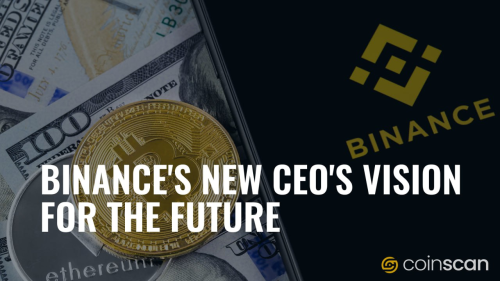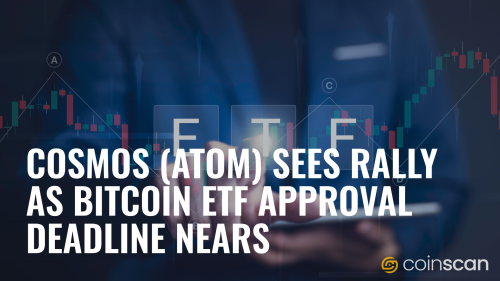Decentralizing the World: How DePINs are Reshaping Industries
Sentiment: Positive

In the ever-evolving landscape of blockchain technology, a groundbreaking concept has emerged—Decentralized Physical Infrastructure Networks (DePINs). Going beyond the realms of digital currencies, DePINs leverage the power of blockchain and decentralization principles to revolutionize physical infrastructure and systems. This article delves into the rise of DePINs, their operational mechanisms, applications, and the potential impact they could have on various industries.
The inception of DePINs can be traced back to pioneers like Power Ledger and OpenBazaar, who showcased blockchain's transformative potential in decentralizing energy distribution and e-commerce. As the concept gained momentum, initiatives such as Helium, Render, and Filecoin expanded the horizons of DePINs, permeating diverse sectors.
How DePINs Work
At the heart of DePINs lies the redistribution of authority and management across a decentralized network, eliminating the need for reliance on centralized entities. These networks transcend various domains, including energy, supply chains, telecommunications, data storage, transportation, and real estate.
Benefits of DePINs
Challenges of DePINs
DePINs vs. DeRENs
While DePINs focus on building decentralized physical infrastructure networks, DeRENs (Decentralized Resource Networks) emphasize decentralizing resource management and allocation, such as storage and processing power.
The Future of DePINs
DePINs hold immense potential to create resilient, efficient, and community-driven infrastructure across various domains. Collaborative efforts among stakeholders, regulatory support, and ongoing technological innovation are essential to unlock their full potential.
In conclusion, DePINs signify a paradigm shift in how we perceive and interact with physical infrastructure. By harnessing the power of decentralization, they possess the potential to reshape industries, empower individuals, and contribute to a more sustainable and equitable future.
About the Author
Denis is an avid Crypto and Blockchain Enthusiast. Having founded a crypto marketing company in 2020, and being full time in the space for over 5 years now, Denis is a big believer in the future of web3 and the potential it has to change the world.


